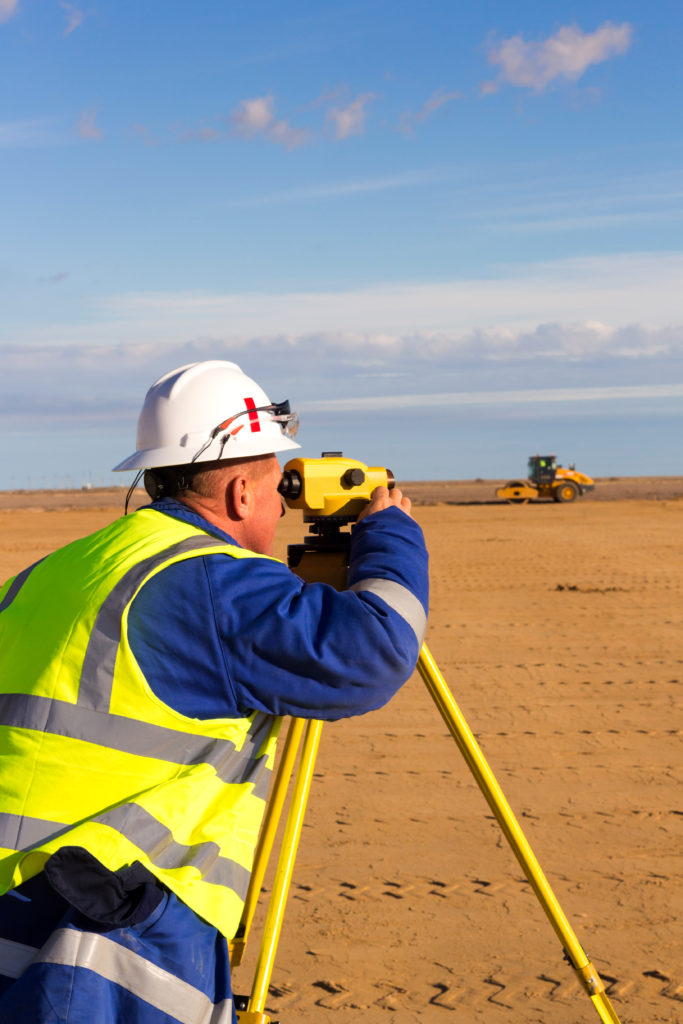Alex Minnet, Health and Safety Compliance Lead at CHAS, looks at the challenges associated with working in hot weather and offers some tips for employers to mitigate the risks.
1. Recognise the risks There are both short-term and long-term risks associated with working in hot weather, particularly for outdoor workers. For example, sunburn can cause temporary discomfort while repeated exposure can lead to skin cancer. UV light can also affect both short-term and long-term vision.
Heat stress can include relatively minor issues like heat cramp and heat rash along with more severe conditions such as heat exhaustion and heatstroke. The effects of heat exhaustion can be reversed when treated quickly but a blood temperature rise above 39.5°C can turn into heatstroke, which is a medical emergency.
Dehydration is also common and can lead to dizziness and confusion, which can affect a worker’s ability to do their job safely.
Training, including first aid training and tool box talks can help to ensure workers are able to recognise and respond to signs of heat-related conditions in themselves and others.
2. Identify anyone at increased risk Hot weather poses a risk to everyone but some people are more susceptible to its damaging effects than others. For employees working outdoors, fair skin, freckles, a large number of moles and a history of skin cancer are all additional risk factors.
When it comes to high temperatures, people with pre-existing illnesses such as a heart condition, those on some medications, and overweight individuals, pregnant women, and older workers will all potentially be more vulnerable to the adverse effects of heat. Check the HSE’s Heat Stress checklist to identify individual heat-related risk factors and if necessary refer to occupational health workers or clinical healthcare professionals for further advice.
3. Understand the legal requirements Currently, the workplace regulations governing temperature only apply to indoor working, not outdoor. However unions are increasingly campaigning to address this, which is no surprise given that the UK’s ten warmest years on record have all occurred since 2002 and 2018 was the hottest years ever recorded.
Despite this, all employers have a duty to protect the Health & Safety of the workforce under the Health & Safety at Work etc Act 1974. The risks of working in hot temperatures, or exposure to the sun, must also be assessed and controlled under the Management of Health & Safety at Work Regulations 1999, which cover specific obligations for heat. Other regulations employers must comply with include the Personal Protective Equipment at Work Regulations 1992, which stipulate PPE must be suitable for the risks, the workers using it, and the working environment. Failing to address the risks associated with working in hot weather can also be harmful to productivity and worker morale.
4. Take steps to reduce the risks It’s always best to start by eliminating or reducing a hazard as much as possible. During heatwaves or very hot weather spells, consider whether outdoor work can be cancelled, postponed or scheduled for cooler times of day. Evaluate whether any physical work can be substituted for work using machinery. Where outdoor work offers little to no shade, consider installing temporary shade tents or awnings.
5. Monitor & manage the risks The HSE’s thermal comfort checklist is a useful tool to help with conducting risk assessments during hot weather. Technology that monitors physiological signs of over-heating and heat stress via sensors in armbands and other wearable devices can also be useful.
There are also plenty of interventions that can help manage the risks. Provide drinking water and encourage workers to hydrate regularly and encourage frequent rest breaks in shady areas or air-conditioned facilities. If working in direct sunlight is necessary, provide high factor sunscreen for application on all areas of exposed skin.
Appropriate PPE such as hard hat neck shades or legionnaires hats with a flap and brim to protect the ears and neck, long-sleeved, cool clothing and protective eyewear with UV filters as well as breathable safety footwear can all help workers stay comfortable and protected. Cooling vests that can be ice-cooled like ice packs and cooling bandanas, towels and wraps are also available.
About CHAS:
CHAS is the leading provider of risk prevention, compliance and supply chain management services for clients and contractors.
Since 1997, CHAS (The Contractors Health and Safety Assessment Scheme) has been helping to improve health and safety standards across the UK and safeguard organisations from risk.
CHAS is an authority and trusted advisor on health and safety compliance, responsible for setting industry benchmarks and providing the new Common Assessment Standards.
CHAS’s aim is simple:
- To standardise and simplify health and safety assessment for contractors
- To support organisations in efficiently managing their supply chains
- To deliver a full suite of supply chain management tools.
Find out more at: www.chas.co.uk or call 0345 521 9111.



Recent Comments